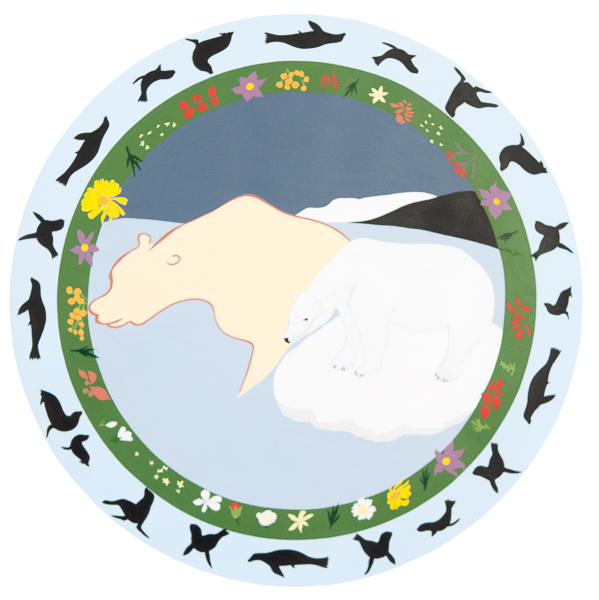
![]()
Cave bear – Polar bear
Global warming has affected a large region of Earth where certain plants and animals live. The abundance of food in each biome is necessary for the survival of a species.
Enormous Cave bears that once inhabited Eurasia were the first of the megafaunas to die out, going extinct 10,000 years ago. The Cave bear had a specialized diet of high-quality plants known as “forbs”. The forbs plants included: Dandelions, Buttercups, Sagebrush, Yarrow, Mums, Tansies, Sunflowers, Yellow Anemones, Purple Pasque, Red Bearberry, Blue Lupines, Pink Saxifrage, White Labrador tea and more. The flowers covered the landscape in brilliant colors. The warming that ended the Ice Age brought a wetter climate. The flowering plants that had once dominated the steppe and tundra could not survive. Grasses took over. The early megafaunas depended on the forbs as a vital source of protein. When the flowers disappeared, so too did the herbivores that ate them.
The Polar bear is the largest land predator on Earth. They can smell a seal lying under several feet of ice a mile away. Their big paws have webbing between the toes to help push the water as they swim and inch their way across thin ice. Polar bears depend on ice for access to their main prey, the Ringed seal. Ringed seals are the most abundant Arctic seal. They are the only northern seal that can maintain breathing holes in thick sea ice. Polar bears use sea ice for platforms when hunting. They grab the seals as they come up to breath. The sea ice is melting, causing problems for the Polar bears. They swim far from shore using ice floes as floats. The distance between the floes is longer and some bears get so tired that they drown. Polar bears need a very thick blubber layer to survive the thermal challenges of the Arctic winter. When they are not eating the right amount of fat they get thin and cannot stay healthy. The future of the Polar bear is in grave peril. Human emissions have inexorably increased levels of carbon dioxide and methane. Greenhouse gases in the Arctic are melting the permafrost, the land-covered snow and ocean ice. The highly reflective surfaces have been replaced by dark underlying land and ocean, greatly increasing sunlight absorption. Global warming has accelerated. Every living thing in our ecosystem bears the marks of our presence.